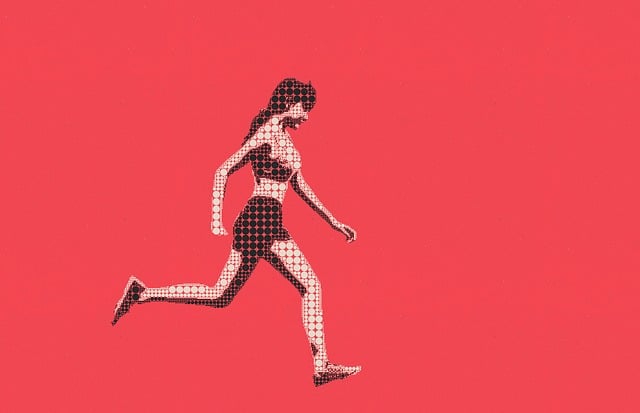Muscle soreness from physical activity and travel, especially on long-haul flights, can be mitigated through personalized workout routines and gentle exercises. Kratom, a natural herb with opioid-like effects, offers alternative pain relief but requires further study for safety. Tailoring fitness plans to individual needs during air travel can significantly enhance passenger comfort, potentially reducing reliance on kratom for airplane muscle relief.
Looking to bid farewell to nagging muscle soreness? This comprehensive guide explores effective strategies, with a unique focus on how customized workout plans and the herbal supplement kratom can revolutionize your recovery process. While air travel’s cramped spaces often leave you with muscular discomfort, understanding its causes is the first step towards relief. We delve into crafting personalized routines tailored to your needs, incorporating kratom’s potential benefits for enhanced post-flight well-being.
- Understanding Muscle Soreness and Its Causes
- The Role of Kratom in Relieving Aeroplane Muscular Discomfort
- Crafting Personalized Workout Routines for Relief
Understanding Muscle Soreness and Its Causes

Muscle soreness is a common issue that many people experience, often as a result of physical exertion or delayed onset muscle soreness (DOMS). When you engage in new or intense workouts, your muscles undergo stress and micro-tears, leading to inflammation and subsequent discomfort. This natural response is part of the body’s healing process, as it signals the need for repair and growth. However, excessive or prolonged muscle soreness can hinder daily activities and impact overall well-being.
Several factors contribute to muscle soreness, including exercise intensity, duration, type, and individual fitness levels. High-intensity workouts, especially those involving eccentric contractions (lengthening muscles while under tension), are more likely to induce soreness. Travel, particularly on airplanes, can also play a role. Long flights and limited movement can lead to muscle stiffness and discomfort, exacerbated by the confined space and reduced blood circulation. Interestingly, some individuals may turn to kratom during air travel for its potential soothing effects, but further research is needed to understand its effectiveness and safety in this context.
The Role of Kratom in Relieving Aeroplane Muscular Discomfort

Flying can be a grueling experience, especially for long-haul flights where muscular discomfort and soreness are common issues. Many passengers resort to various methods to ease their pain, and one natural remedy gaining traction is Kratom. This herb has been used for centuries in Southeast Asia for its therapeutic properties, and modern travelers are discovering its potential benefits for jet lag and muscle relief.
Kratom, scientifically known as Mitragyna speciosa, contains powerful alkaloids that interact with the body’s opioid receptors, offering a natural pain-relieving effect. When it comes to airplane muscular discomfort, kratom can be a game-changer. Its ability to relax muscles and reduce inflammation makes it an appealing option for those seeking a natural alternative to over-the-counter medications. By taking a small dose of kratom before or during flight, travelers might find themselves better equipped to handle the common aches associated with travel.
Crafting Personalized Workout Routines for Relief

Crafting personalized workout routines for muscle soreness relief involves a deep understanding of an individual’s body, lifestyle, and specific discomforts. Unlike one-size-fits-all approaches, these tailored plans acknowledge that everyone experiences pain uniquely. By assessing factors like daily activity levels, occupation, and any pre-existing conditions, fitness professionals can design exercises that target tight or sore muscles effectively.
In the context of air travel, where long hours spent sitting can lead to muscle stiffness and discomfort, a customized workout routine could incorporate gentle stretching exercises, light cardio, and isometric poses known for alleviating jet lag and improving circulation. Incorporating these practices before and after flights can significantly enhance comfort during what might otherwise be a painful experience, such as the “kratom on airplane” scenario often discussed in travel forums.
In conclusion, understanding the causes of muscle soreness is key to effective relief. While kratom has shown promise in mitigating post-airplane muscular discomfort, personalized workout plans remain an essential tool for long-term management. By tailoring exercises to target specific sore muscles, individuals can experience significant improvements in their recovery process, ensuring they return to their active lifestyle faster and safer.














